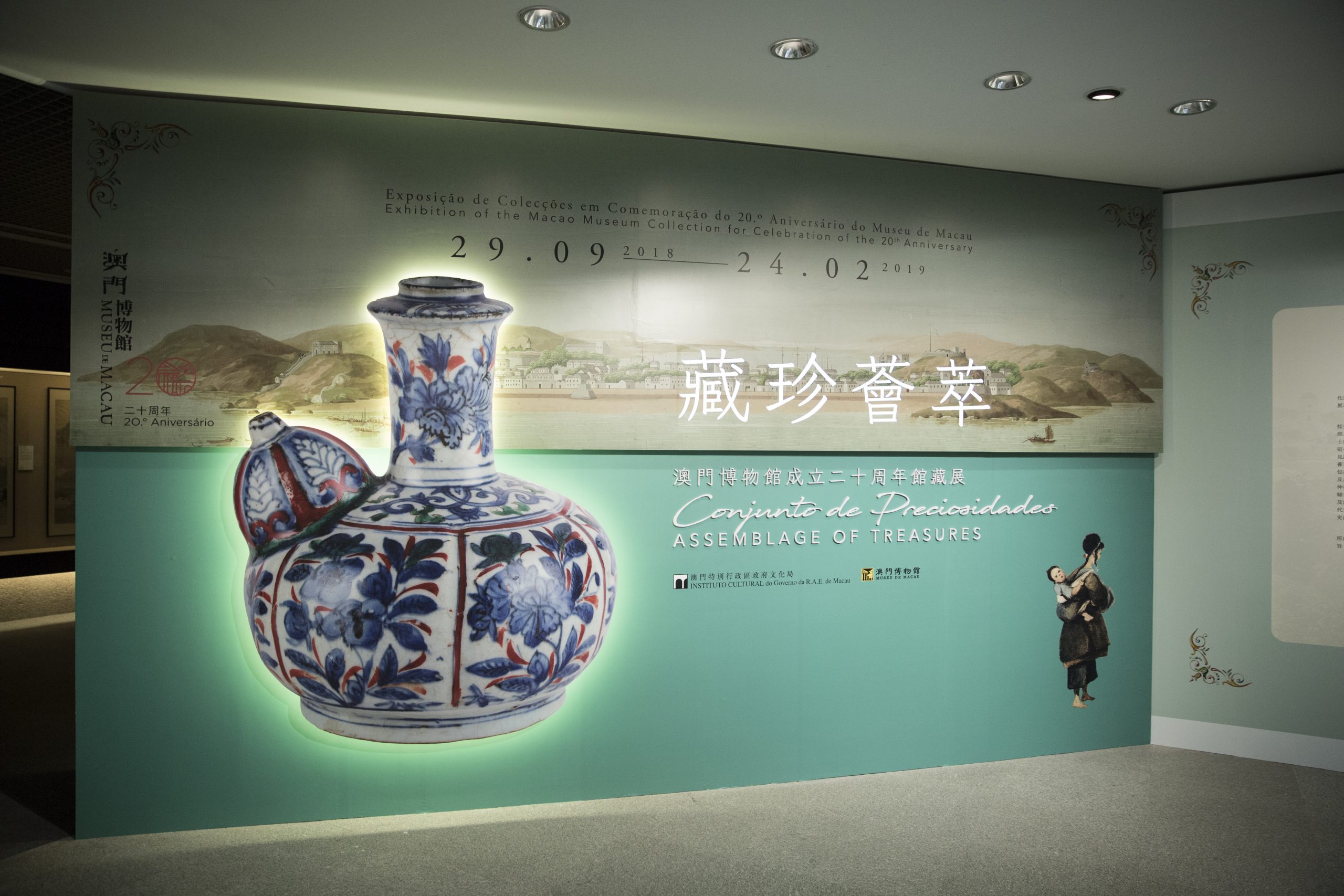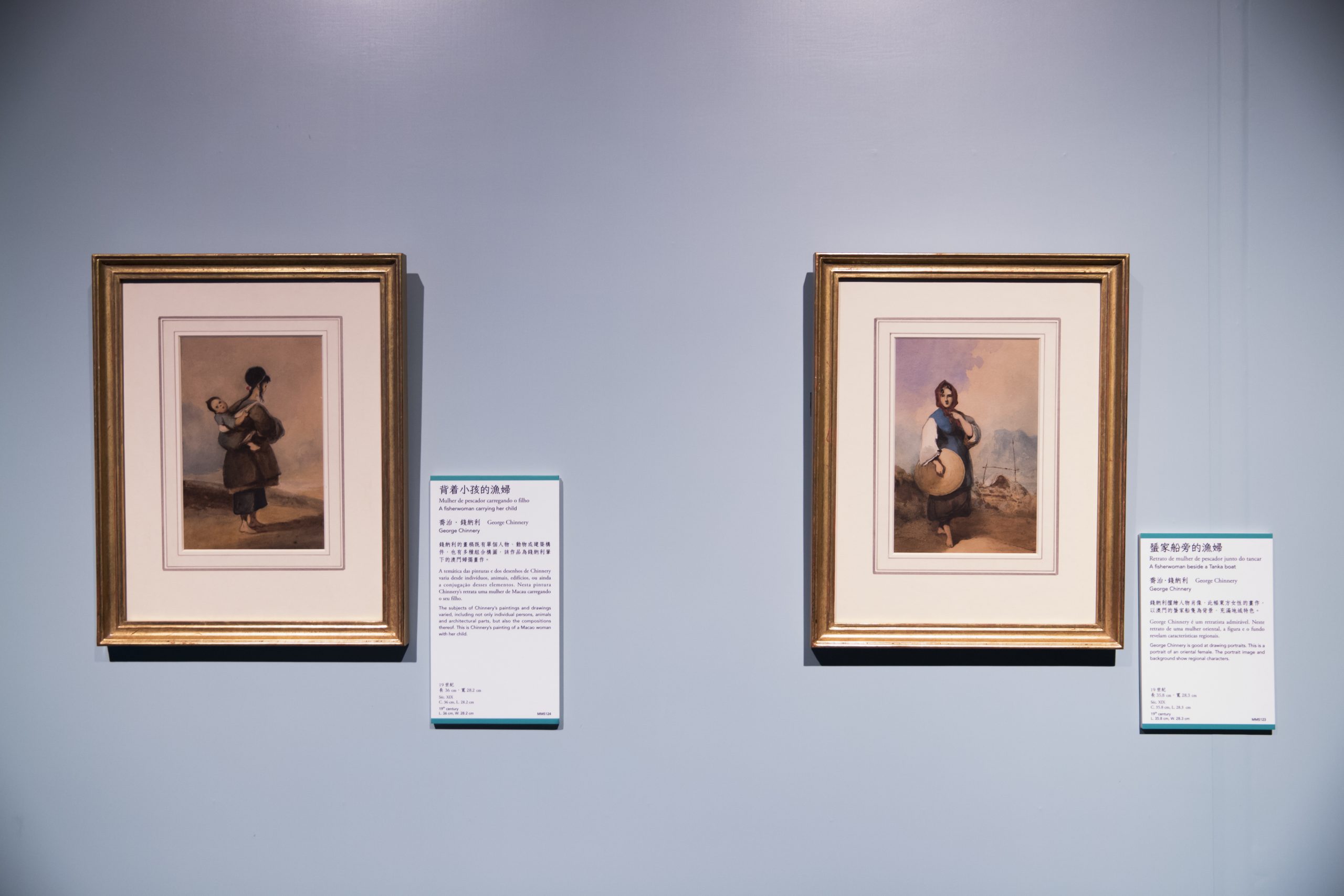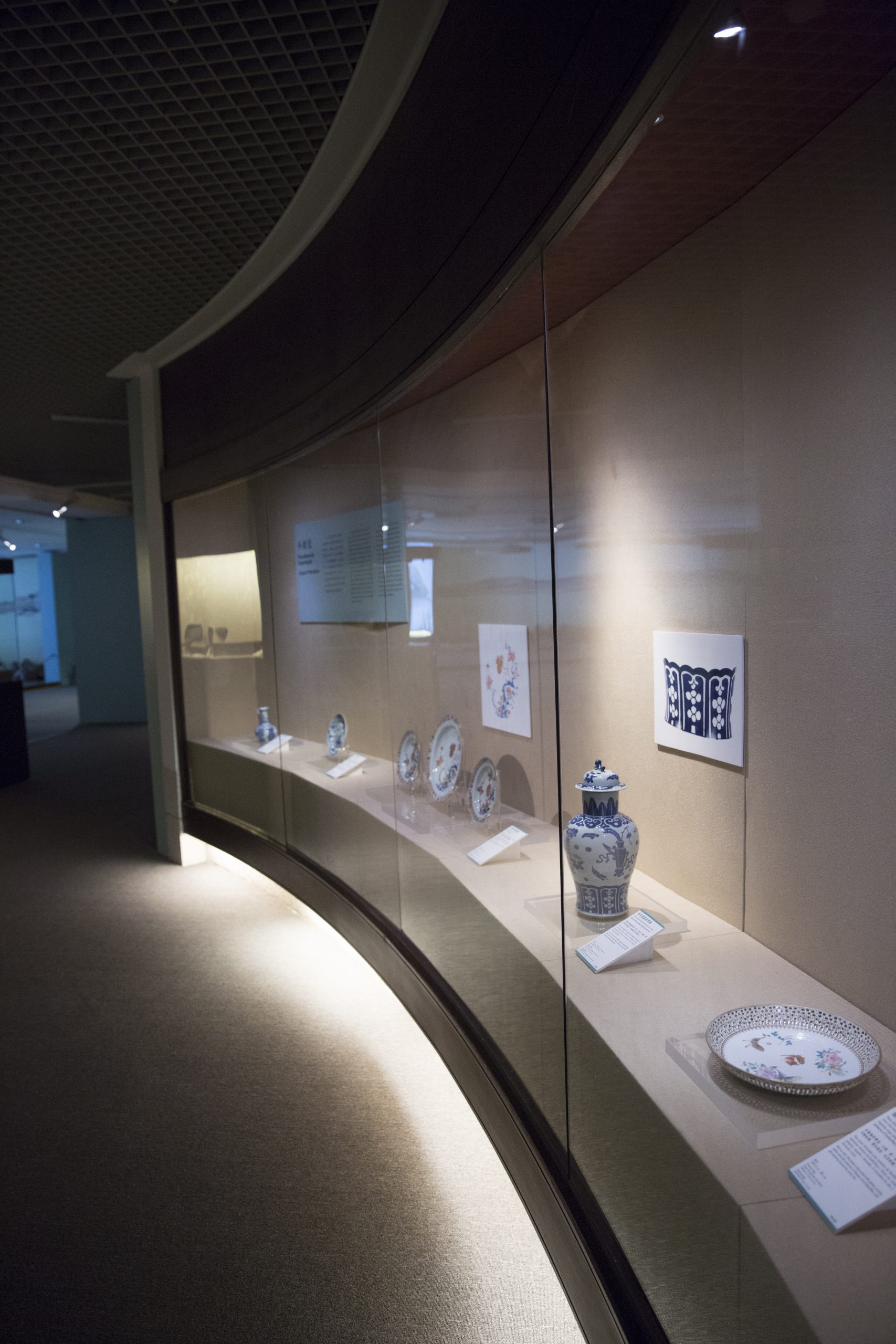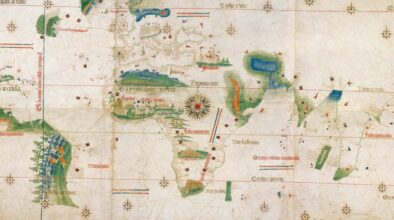One of the missions of Macao Museum is to show the ordinary life and industries of Macao over the centuries. For this, it needs to collect items from daily life found in people’s houses and the places where they work.
As part of the year‐long celebration of its 20th anniversary, Macao Museum arranged a special exhibition featuring dozens of never‐before‐seen pieces from its collection. Opened 29 September, the “Assemblage of Treasures” exhibition runs until February next year.
The more than 80 items/sets illustrate the continuous dedication of the museum to collect historical relics with cultural and artistic value related to Macao.
The pieces are divided into six sections – Lingnan Paintings, European Travellers’ Paintings, Style and Life, Multicultural Macao, Exhibition Overview, and Education Space – that highlight more than 400 years of cultural exchanges between East and West. Notable pieces include paintings from masters such as Gao Jianfu, George Chinnery and Auguste Borget, all of whom lived in Macao and developed a special bond with the city.







History and heritage

Mount Fortress provides a fitting backdrop for a museum dedicated to the complicated history of Macao. Built by Jesuits in the 17th century, it served as the city’s principal military defence for almost 300 years. Converted into the former Meteorological Services in 1965, the site found a new purpose when it opened as Macao Museum in April 1998.
The government selected the site four years earlier, in 1994, endowing it with a mission to “advance cultural and museum undertakings to preserve cultural heritage and carry forward Macao’s unique cultural diversity fusing Chinese and Western cultures.”
Construction began in 1995, following the completion of archaeological studies on the site. The challenge of designing a functional museum within the hilltop fortress was given to Portuguese architect Carlos Bonina Moreno, who had been based in Macao since 1982. The museum was officially opened by then Portuguese Prime Minister António Guterres on 18 April 1998.
In July 2005, the Historic Centre of Macau was inscribed on the World Heritage List of UNESCO; Mount Fortress figures among the many significant historical monuments of the Centre.
The museum consists of two underground levels and a third located on the topmost level of the fortress, where the former Meteorological Service was housed. Moreno’s design retained and preserved the architectural character of the site and its particular configuration. The museum itself is dedicated to providing a record of the history and culture of Macao through its nearly 8,000‐piece collection.


Building up and spreading out

Director Loi Chi Pang described the first seven years of the museum’s life, from 1998 to 2005, as the period of foundation. “We started to put on special exhibitions devoted to important themes of Macao. These included the Goods of Macao, the Film Industry of Macao, Macao during the Anti‐Japanese War and the Culture of China’s Ancient Qin [a classical musical instrument].”
“The time from 2006 to today has been the period of development. We began to cooperate with important museums in many countries and regions, to describe the history of Macao,” he explained. “Then we established a system of Macao’s non‐material intangible cultural heritage. We have completed 10 projects under this category.”
While he offered Paris’ Louvre and the Italian National Archives as examples of international partners, the museum has also worked with museums and other institutions in Hong Kong, even putting on joint exhibitions with them.
“For example, Macao Museum took responsibility for the overall planning of the ‘Maritime Porcelain Road – Relics from Guangdong, Hong Kong and Macao Museums.’ This was the exhibition that went to the most cities and had the most impact in China,” he said.
The museum has organised many large‐scale exhibitions on subject matters ranging from the invention of photography and early photographs of Macao to engravings from the Louvre collection. To mark the 20th anniversary on 18 April, the museum opened “Treasure
from the Deep Sea – Exhibition of Underwater Archaeological Relics of the Nanhai No 1,” the first such exhibition outside mainland China.
The museum has built up its own collection through different sources, making purchases at home and overseas of pieces it considers suitable, and taking donations from individuals and companies.
“We have had donations from the wealthy, ordinary people and large companies, including the entertainment firms,” Loi said. But with limited storage space, the museum must be selective with what it accepts. “We consider what we already have in that category. We have no place to store large items, like machinery.”
Asked if the museum would like to build a new warehouse for its pieces, Loi pointed out that space in the city was at a premium. “Everyone wants space – for housing, cultural events, for music.”
He noted that each museum in Macao had its own distinct role: “The Macao Tea Culture House, for example, specialises in the history and culture of tea. The Macau Science Center is responsible for spreading knowledge of science,” he said.
One of the missions of Macao Museum is to show the ordinary life and industries of Macao over the centuries. For this, it needs to collect items from daily life found in people’s houses and the places where they work.
To make purchases, the museum has five specialist committees which decide what items should be bought. They have standards and guidelines to adhere to. “I can oppose a purchase, but I must give reasons,” said Loi. “Each year we have a budget for such purchases. The amount differs each year.”

Government invested in local history
The museum runs on funds provided annually by the government, a figure Loi declined to share.
“We do not accept donations from private individuals. They cannot talk directly to me. They must give to the government, which can then approve funds for the museum,” he said.
The Cultural Affairs Bureau has received donations from overseas Chinese, such as Wong Ieng Kuan of Peru. “This was at a time when the government was less wealthy than today. [Wong] has several libraries named after him. Usually, such donors like to give to schools and libraries, which educate the next generation.”
By contrast, museums in the West rely heavily on monetary donations from wealthy individuals; such contributions are often tax‐deductible. Loi explained that the situation in the Chinese world is different: “Inheritance taxes are lower. Chinese want to pass their fortune on to the next generation. And the government of Macao is very rich.”
Ticket sales go directly to the government. The entry price for tourists is low, and free for Macao residents.

This year the museum expects 500,000 visitors, up from 450,000 in 2017. “Of these, 70–80 per cent are people from outside Macao,” Loi pointed out. He believes that this abundance of tourists, along with limited parking for the hilltop location, discourages many local people from visiting.
To increase the number of local visitors, the museum organises many activities, including performances, interactive shows, and events in its garden.
The museum has organised many large‐scale exhibitions on subject matters ranging from the invention of photography and early photographs of Macao to engravings from the Louvre collection.
Keeping up with change
Looking to the future, Loi said that Macao is changing very fast, especially the way people are receiving information. “We need to improve our services and attract more young people. We now have wi‐fi in the museum and multi‐media services. We must keep pace with this change.”
Remembering the ordinary life of Macao is an important part of the museum’s mission. To continue building its collection, the museum must inform people of the importance of what they possess and the need to preserve it. This will encourage people to donate items and help preserve Macao’s more recent history for future generations.
“Let people have this recognition themselves: ordinary life is also culture,” Loi said. “We should not rely only on a few people. More and more Macao people recognise this than before. But we still have room to improve.”



